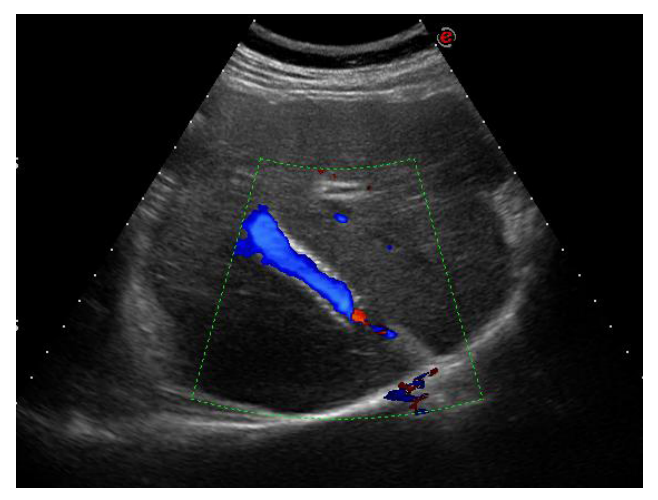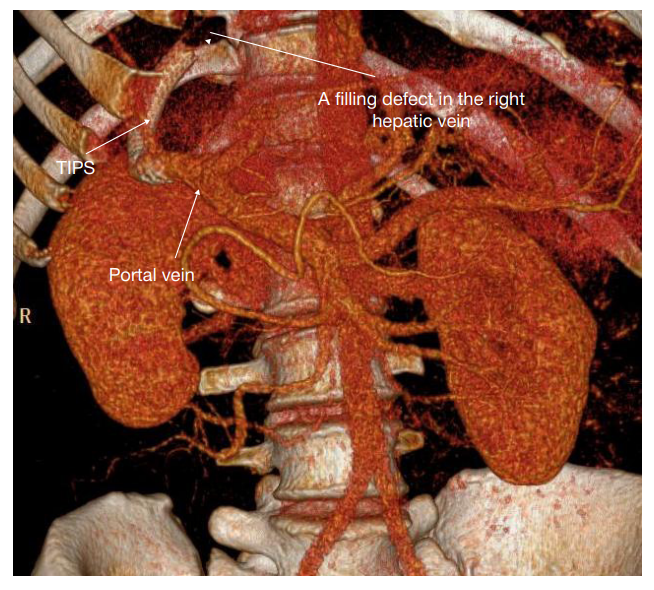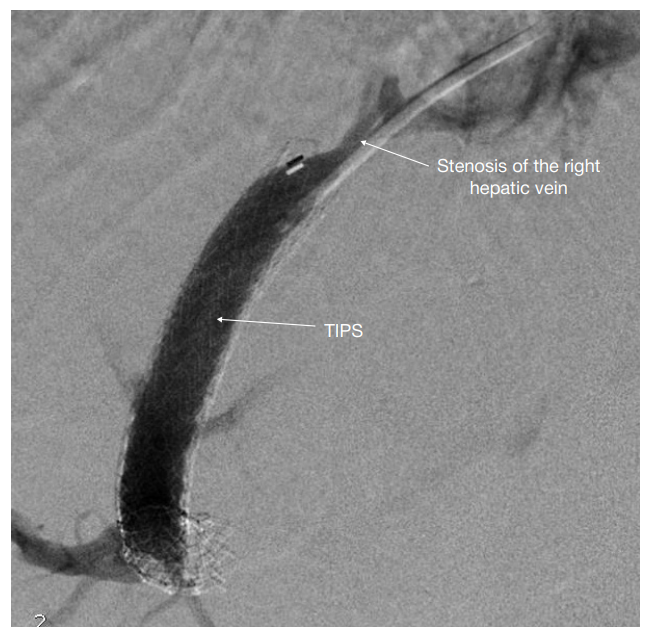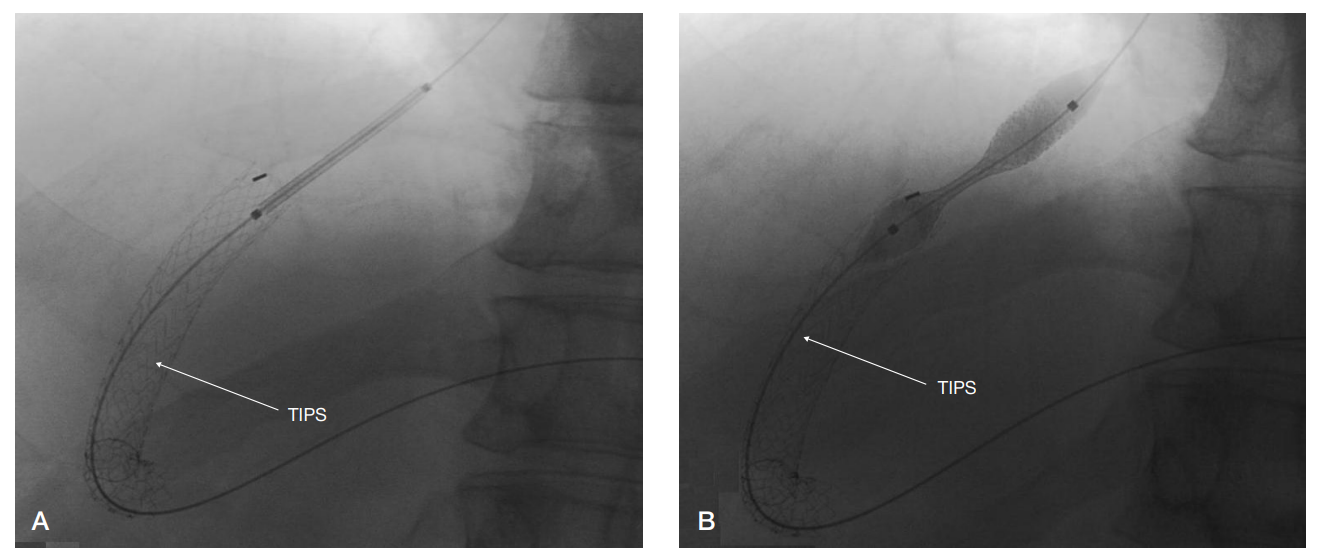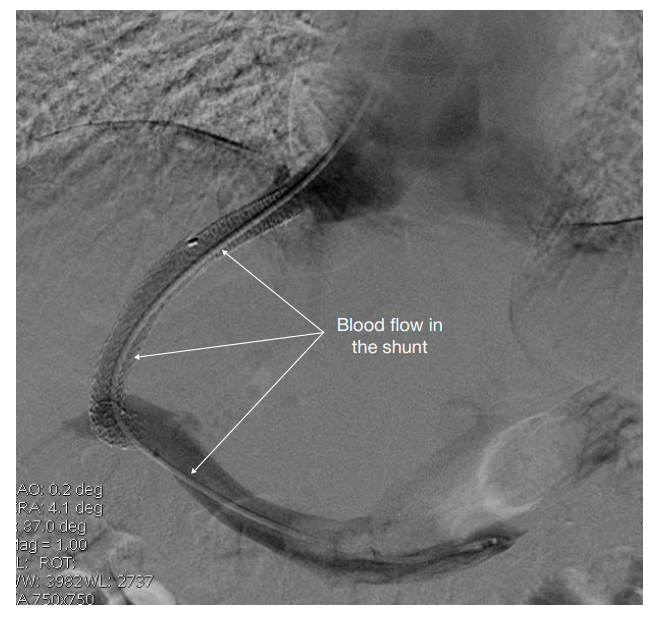
This article is an open access article distributed under the terms and conditions of the Creative Commons Attribution license (CC BY).
CLINICAL CASE
Re-establishing the patency of the hepatic vein and the portosystemic shunt 10 years after the TIPS procedure: a clinical case
1 Pirogov Russian National Research Medical University, Moscow, Russia
2 Pletnev City Clinical Hospital, Moscow, Russia
Correspondence should be addressed: Alexander Chelyapin
Ostrovityanova, 1, Moscow, 117997; ur.xednay@skelAnipaylehC
Author contribution: Chelyapin AS, Huseynov AB — study conception and design, data acquisition and processing; Chelyapin AS — statistical analysis; Tsitsiashvili MSh, Shipovskiy VN, Monakhov DV, Chelyapin AS, Huseynov AB — manuscript draft; Tsitsiashvili MSh — manuscript revision.
